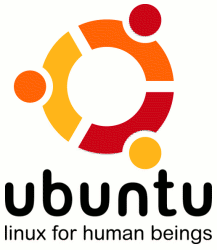Five Basic Tips and Tricks for Ice Cream Sandwich – Andriod
December 22, 2011 Leave a comment
Five Basic Tips and Tricks for Ice Cream Sandwich – Andriod
This article is a series of 5 basic tips and tricks for Ice Cream Sandwich for Andriod phones. These are the very basic tips:-
- The first is the recommendation of use an alternative launcher that comes by default in Ice Cream Sandwich, Especially if we think we need more screens or more icons. We will use more icons on the screen and more screens, In addition to turning off animations in the launcher of applications.
- The second trick is turning off the animations of the system in the section “Development Options” in Settings. This will go faster and smoother, and spend less battery.
- Our third trick is disable the screen lock provided. So when you press a key to unlock, leads directly to the screen which block the phone, nothing is displayed in between. We can configure in the section Security Settings.
- The fourth and penultimate trick is close all open tabs you have open in the browser. Often tabs are opened when clicking on links, and we leave open not concerned about them. That may slow down the system and to avoid it best to close the tabs do not use. We can do it in two ways: by pressing the cross above the window, Or slide the window to the left. That will free up space in memory, and the system will go faster.
- The last trick is close all open applications in the background, As they hold, such as browser windows, a beautiful space. To close that we not use just have to click on the icon of multitasking, and slide the preview of the application to the left, Again as in the browser. So we can release resources for other applications and system.
Conclusion:-
This concludes the tricks to make our system with Ice Cream Sandwich go even faster, And to save some battery our Smartphone or tablet. If you have any trick, you can leave comments.



